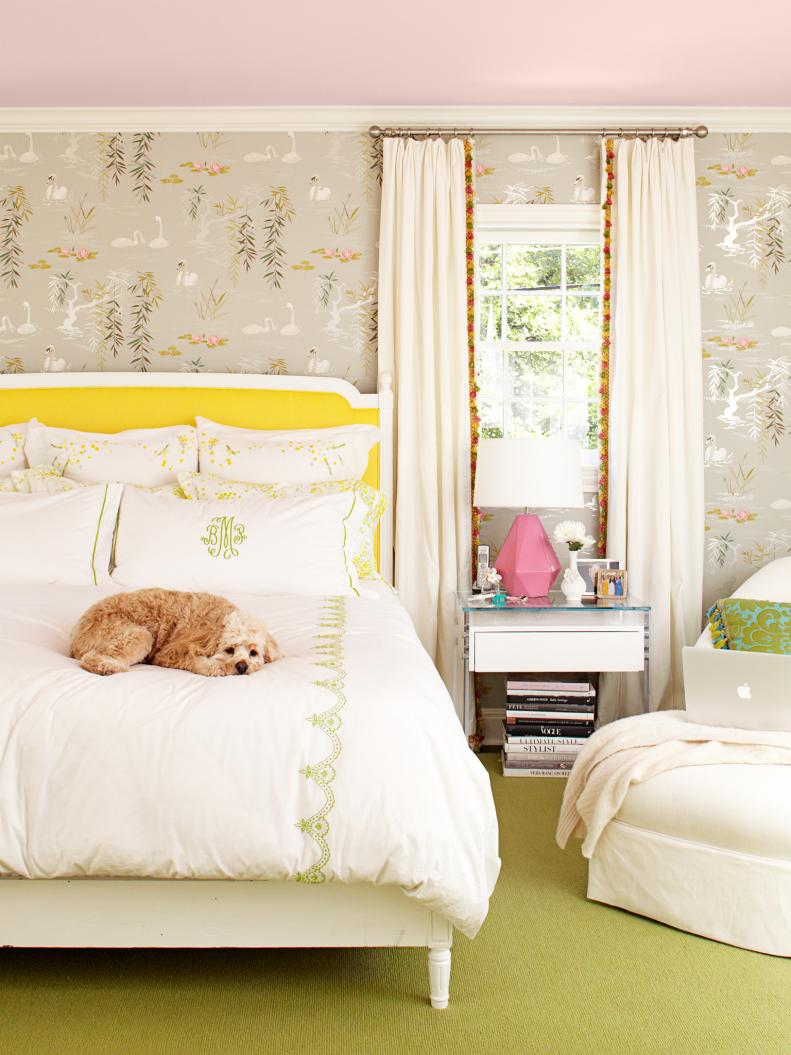1 / 35
Photo: David Tsay.
From:
HGTV Magazine.
Do Make Your Bedroom a Private Sanctuary
Even the most decorated houses often have a dirty little secret: a dull and dreary (or cluttered and chaotic) bedroom. Because it's a private space, this room is sometimes the last to get our decorating attention. However, this is a place you should love to spend time in, an indulgent oasis and welcoming haven from the stresses of the day. "The bedroom should not be overlooked; in fact, it should be the best room in the house," interior designer Shelly Riehl David asserts. "You deserve to come home to a beautiful, relaxing space where you can close the door to the world."









